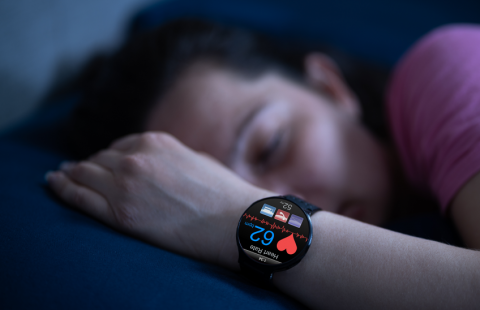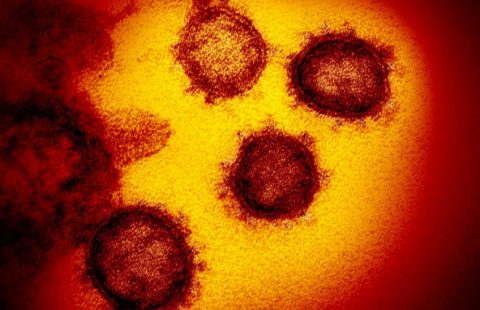Many patients continue to suffer from symptoms (headaches, pain) several months after an accident, which can pose a real handicap to their lives. The team of Emmanuel Lagarde, research director at Inserm’s Research Centre for Epidemiology and Biostatistics (Inserm/University of Bordeaux) has studied the subsequent development of 1,300 people who were admitted to A&R between 2007 and 2009 for trauma. The researchers demonstrate that it is possible to identify people who will develop post-traumatic stress disorder, which generally occurs when the individual’s life was put in danger. This will enable their care to be adjusted accordingly. Their work also reveals that post-concussion syndrome, which has wrongly been defined as the consequence of cranial trauma, is only one part of post-traumatic stress disorder.
The results of the study have been published in the journal JAMA Psychiatry.
Every year, one in ten people in France are taken to A&E with a trauma following an accident. The large majority of the victims have only mild injuries and are discharged from hospital quickly. However, a number of them continue to suffer long after their direct injuries have healed. They may, for example, have headaches, uncontrollable fear or maladies of various kinds, vision problems, balancing problems or be irritable. When the symptoms occur simultaneously in a single context, they constitute what is called a syndrome.
Following a trauma, two syndromes are described: post-concussion syndrome (PCS), which occurs after a mild cranial trauma, and post-traumatic stress disorder (PTSD), which is encountered in people who have been exposed to a stressful situation wherein their life, or that of another person, was put in danger. Post-traumatic stress disorder was initially described in soldiers who, after exposure to combat or an explosion, complain of nightmares or obsessive thoughts which they are unable to get rid of. The two syndromes have been described for several years in the successive editions of the Diagnostic and Statistical Manual of Mental Disorders (DSM) of the American Psychiatric Association, which is a current standard reference in the area of diagnosis in mental health.
In this study, 1,300 people who were admitted to A&E at the Bordeaux Hospital Centre between 2007 and 2009 were contacted three months after their accident. Over 500 were suffering from a mild cranial trauma when they were admitted to hospital while the others had various injuries, all either mild or moderate in severity. The researchers measured the occurrence of 36 symptoms which are included in the definitions of PCS and PTSD.
‘Post-concussion syndrome (PCS) does not deserve its name because, on the one hand, the symptoms that constitute it are not specific to cranial trauma and, on the other, they do not occur simultaneously. It seems that PCS is, in reality, only one part of post-traumatic stress disorder’,
explained Emmanuel Lagarde, research director at Inserm.
Post-traumatic stress disorder in the general population
The results obtained also make it possible to have a better understanding of post-traumatic stress disorder, which is still insufficiently described for non-military contexts. In the general population, this disorder occurs in 2% of injured people but this figure rises to 9% when the trauma is cranial. However, it is more frequent among women and people who have been in a road accident or have been attacked. The occurrence of PTSD is also influenced by the state of the victim’s physical and mental health before the accident. All this information can enable doctors to determine if early treatment should be provided.
This study puts the classification of post-traumatic complaints into question because it also questions the very existence of post-concussion syndrome, which should be seen as only one part of post-traumatic stress disorder. These results do not, however, question the reality of the suffering of a significant number of people affected by this disorder, for whom the symptoms continue to persist and considerably impact the quality of their lives.
‘This is why it is necessary to describe these syndromes and their origin more accurately, particularly because identifying them also has important consequences in terms of insurance, compensation and the care and rehabilitation policies of patients’
, stressed Emmanuel Lagarde, who is the main author of this work.
These contents could be interesting :

